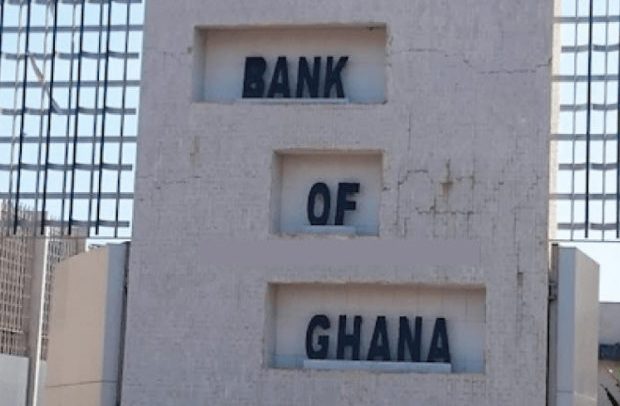THE CENTRAL Bank has announced it is raising the policy rate by another 250 basis points to 27.0%, the highest level in recent years, as it fights to rein in soaring prices in the economy.
The policy rate was set at 24.50 % per annum (p.a.) in October 2022, compared with 22.00 % p.a. in the previous September, 2022.
Ghana Policy Rate averaged 16.25 % p.a. and is updated monthly, available from November 2002 to October 2022.
Governor of the Bank of Ghana (BoG), Dr. Ernest Addison, who announced this at the Monetary Policy Committee’s (MPC’s) press conference in Accra yesterday, said the Committee was of the view that significant upside risks to the inflation outlook remain.
According to him, the hike is to continue to anchor inflation expectations, since the inflation forecast shows that in the outlook, inflation will likely peak in the first quarter of 2023 and settle at around 25 per cent by the end of 2023.
“This forecast is conditioned on the continued maintenance of a tight monetary policy stance and the deployment of tools to contain excess liquidity in the economy,” he stated.
Dr. Addison indicated that there are, however, some risks to this forecast that would have to be monitored, including additional pressures from the proposed VAT increase, and exchange rate pressures.
“Continued vigilance to the evolution of these potential price pressures in the outlook will be key,” he noted.
On the transmission of monetary policy changes to inflation, he said the Committee was of the view that there is evidence that the policy rate increases in the past few months have helped dampen the pace of monthly price increases.
“Between May and August 2022, the monthly inflation number eased from a peak of 5.1 per cent to 1.9 per cent. However, this was reversed in September and October on account of additional shocks from upward adjustment in ex-pump petroleum prices, utility tariff adjustments, and transportation fare increases,” he intimated.
He disclosed that in the event, inflation jumped in October 2022 to 40.4 per cent and had dragged along with it, core inflation, which is almost at par with headline inflation and indicating significant underlying inflation pressures and upside risks to the inflation outlook.
The governor pointed out that although domestic growth conditions have been strong in the first half of the year, latest high frequency indicators point to some moderation.
“The Bank’s CIEA contracted year-on-year in the third quarter, on the back of weakened consumption, trade, and construction activities. These trends signal that growth may remain below potential levels on account of rising cost of living amid significant uncertainty in the outlook,” he said.
For him, both business and consumer sentiments continue to soften and remain at low levels.
He added that despite these trends, private sector credit growth, in real terms, remains relatively strong and provides scope for the real sector to continue on the path of sustaining a positive outlook for economic activity.
He said two years since the COVID-19 pandemic and a war in-between, the global economy continues to face severe headwinds coupled with heightened uncertainties.
Dr. Addison stated that the global growth had slowed, with recession concerns dominating markets in the near term. Global inflation remains high, driven largely by food and energy prices. Central Banks’ resolve to dampen the persistent and broad-based inflation pressures globally has led to aggressive policy tightening in advanced economies.
“The US Federal Reserve has frontloaded its policy tightening cycle, resulting in tight global financing conditions and a stronger US dollar against major international currencies.
“These developments have spilled over into currency pressures and imported inflation, complicated access to external capital markets, and resulted in acute capital outflows, especially in emerging markets and frontier economies,” he submitted.
He stated that risks to the global outlook are firmly on the downside reflecting possibility of policy mistakes amid deteriorating growth and elevated inflation, tighter financing conditions, and stronger US dollar.
“These external shocks have had severe consequences on the Ghanaian economy, reflected in high and rising inflation from exchange rate pass-through effects, and complicated the policy environment,” he posited.
He said the foreign exchange market witnessed increased volatility, with intense pressure on the local currency, especially in September and October.
“Factors such as tightening global financing conditions, the sovereign downgrades, the de facto closure to the international capital market, portfolio reversals, and increased demand for foreign exchange amid supply constraints, contributed to the significant weakening of the Ghana cedi.
“More recently, the sharp depreciation episode has been driven by speculation of a possible debt restructuring which led to portfolio rebalancing in favour of foreign currency holdings as against Ghana cedi denominated assets,” he said.
BY Ernest Kofi Adu


